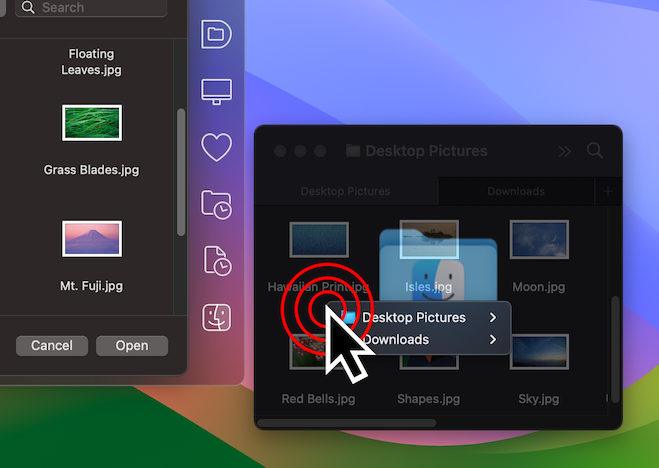

I needed to ensure I picked a numeric range between 32 and 96. Get-Random would work but it would start from 0 to a number. Those values would give me everything from a blank space to a little “Backtick” PetSCII or ATASCII if you’re REALLY a Nerd from the ‘80’s) numbered from 32 to 96. I decided on a second loop of random limits and to populate it with ASCII values. I decided with preclude the number with a name like ‘LogFile’ so at least they *could* look a bit more legitimate.

Each filename was just a number followed by txt.Oh but wait, they were two problems I saw. There! A repeatable solution to create 10 simple files! # Now we’ll create the file with some contentĪdd-Content -Value ‘Just a simple demo file’ -Path $filename # Let’s create a completely random filename New-Item -ItemType Directory -Path $Folder The first thought I had was “Just generate random filenames of numbers and put in a generic bit of content.”
#Default folder x demo full
What I needed was a folder full of sample files with not only random file names, but random content and even random dates. I actually ran into the same problem a few weeks ago when I was writing an article.
#Default folder x demo how to
Do you have any examples of how to create some “Demo data”? But I don’t always have a good pile of sample files. If Candidate or other sensitive data is saved to the Root Folder, it will be available for any/all users to see.Summary: Creating sample files with random sizes and dates for use in a Labįrom time to time I like to show “how things works” at User Group meetings and to colleagues. All users have default access to the Root Folder. The Root Folder will be your Company Name. Important Note: Regardless of the folder structure you establish, PI strongly recommends against saving information (Candidate, Employee, Job Target, etc.) in the Root Folder. Managers can identify talent in other geographic areas to fill open roles within their own location.Conversely, if your SVP of Sales is given direct access to the OnboardingCo/Employees/BOS Office subfolder, he will not be able to view/access NYC Office or SF Office subfolders.If your SVP of Sales has access to the OnboardingCo/Employees folder, he will be able to view the employees assessments that live in the BOS Office, NYC Office, and SF Office subfolders.Only AccountOwners and AccountAdmins can grant access to folders.AccountOwners, AccountAdmins, and Power Users can create new folders.Clear ownership/folder access permissions for each location.Clear organizational structure for each geographic location.

Behavioral patterns are meant to be shared and discussed among colleagues.įor organizations with multiple offices, branches, or retail locations, it may make more sense to organize employees and candidates by geography.
#Default folder x demo software


 0 kommentar(er)
0 kommentar(er)
